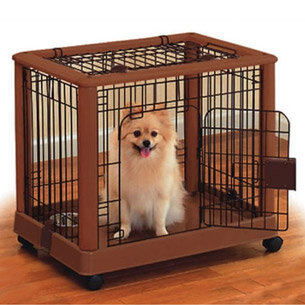 |
| Image source |
There are professional movers who are skilled and equipped with the right equipment for your heavy-duty job. If you have tractors, cranes, farm equipment, or any other industrial machines, read along.
- Ask your moving company on preparations you need before pickup. Usually professional movers will advise you to get all the necessary permits ready. They will also recommend packing tips like using bubble wraps for fragile levers, or they can do the packing for you if you choose a full-service moving.
- To get your equipment ready, check the manual for any special handling instructions on emptying fluids, disconnecting batteries, or securing loose part. If you don't have the manual, look it up on the manufacturer's website.
- When transporting heavy equipment, secure permits beforehand to avoid any delay and legal issues.
- Professional movers suggest covering pipes and other vulnerable parts according to manufacturer's guidelines. Doing so will protect your equipment from heat, cold, and freezing temperature.
- Arrange pickup and drop-off points -- ideally in an open area -- where you can load and unload your heavy equipment. Your moving crew will bring the necessary equipment needed like ramps or cranes.















